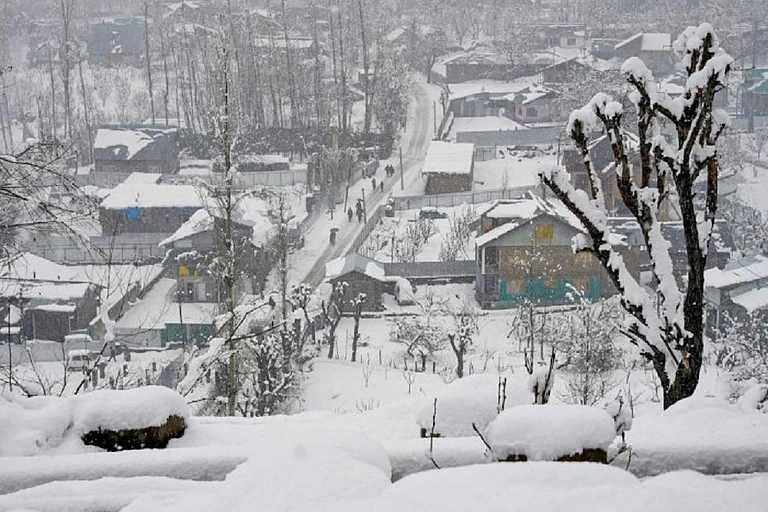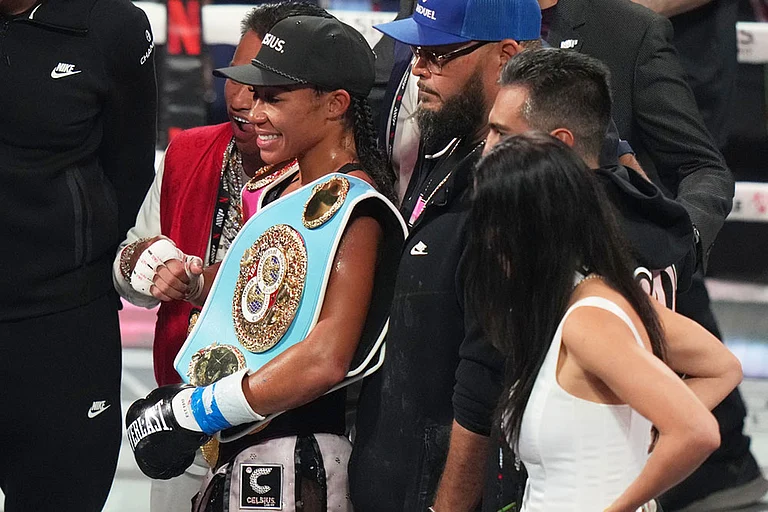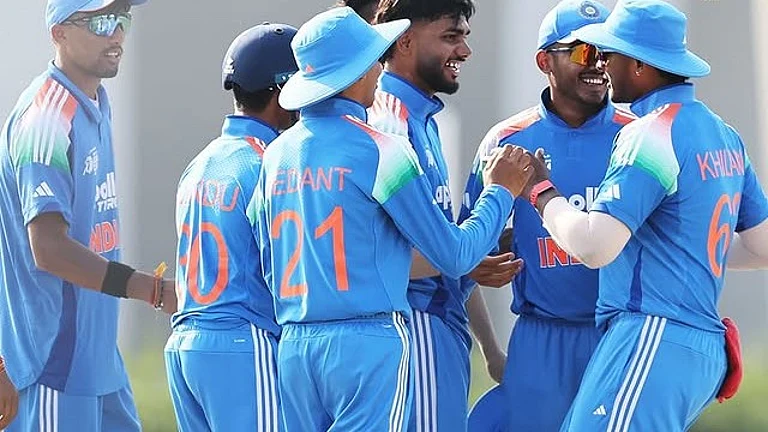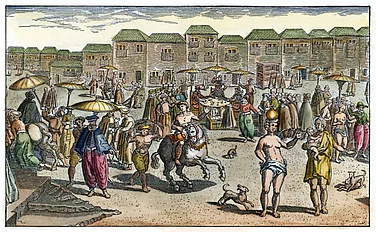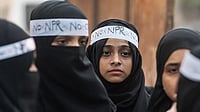Damayanti cannot remember her age, nor can she remember the address of the home where her parents live. Her mind has a fading visual of her parents and younger siblings. She does not know if they are all alive. She was kidnapped on her way home from the house of a friend who lived some houses away from her own. She had not even attained puberty when she had been kidnapped. After travelling to many places with an “aunty” who told her not to cry, she was finally taken to a place and sold. After many months of sexual abuse by multiple persons, she discovered she was in Bombay. Now, 30 years later, she lives in a non-descript shelter for women in Thane.
She says she was lucky to be rescued from a private brothel. After staying at numerous homes for rescued women, she finally decided to stay put in Thane. “I live in the hope that I will meet my family one day. I cannot remember where I come from, my name or my surname. Damayanti may not even be my name,” she says. She has learnt tailoring that is taught at the shelter and eeks out a living stitching cloth bags. “I do not need much money. I collect whatever I can to go back to my family when I find them,” she says.
In the years from 2020, the National Crime Record Bureau (NCRB) reports point to a shocking fact that one out of every three sex trafficking victims rescued in India is from Maharashtra. The state continues to top the charts nationally in trafficking for the sex trade. Maharashtra also records the highest number of missing women in the country and is a source and destination point for sex trafficking.
Though the numbers of women and young girls –many of them who are yet to attain puberty– who are trafficked are high, sources in the Social Service Department of the Mumbai Police say that the trafficking of young boys is also on the rise. These boys are also introduced into the private sex trade which is a tight network that works on references, says the source. “The young boys are as vulnerable as the young girls. It is easier to bust the female sex trade but difficult to break into the sex trade of young boys,” says the source.
Like the women and girls, the young boys too belong to poor backgrounds, uneducated households with the boys being illiterate or school dropouts with alcoholic parent. Post Covid-19 lockdown, when the financials of families was adversely impacted, there has been an increasing in trafficking, say sources. With the police conducting raids on the redlight areas across Maharashtra, forcing them out of their brothels and sealing them, the sex trade has now fragmented into the suburbs of Mumbai. Kamathipura is no longer the central point of the sex trade. The ambitious redevelopment plan of this area has seen a major shift in the sex trade from here to the outer suburbs of Mumbai.
A study on human trafficking conducted by the Tata Institute of Social Sciences (TISS) in the vulnerable districts of India revealed that young girls and women are enticed with lures of easy money, glamourous life, false marriage proposals by known or unknown persons etc. According to the 2019 study, the new sites of exploitation include “home based sites, spas, silent bars which operate silently from the regular dance bars. These bars have no music and operate in the dark with minimal light and customers are given a separate place. The pimps pose as insurance agents and operate from office spaces. Trafficked girls are shuffled within the districts of the state, transported to religious sites or tourist destinations posing as wives of customers.”
The trafficked girls often in the age group of nine years to 35 years are sold multiple times, making it difficult to track them. About 50 per cent of their earnings are pocketed by the pimp, house owner or their “manager”. These girls and women are left with a far lesser amount than what the customer is asked to pay.
In July 2022, the West Bengal Government signed a memorandum of understanding with the Maharashtra Government to prevent migration and trafficking of women. The maximum movement of trafficked women and girls takes place between these two states, thereby the MoU, says a Maharashtra Government source.
In April this year, Deputy Chief Minister Devendra Fadnavis had said that human trafficking was a big challenge for the state. Fadnavis had then said that human trafficking is more dangerous than murder. According to him, a sustained social awareness campaign and a strong legal framework was the need of the hour to curb human trafficking.
In May this year, the chairperson of the Maharashtra State Women’s Commission Rupali Chakankar had revealed through a press conference that there was an increase in trafficking of women from Pune to Dubai and Oman. She had directed the Maharashtra Home Department to investigate the case of 82 women who were missing from Pune and its suburb, Pimpri-Chinchwad. It was suspected that they were victims of human trafficking to destinations such as Dubai and Oman.
In 2008, the Maharashtra Government had established the Anti-Human Trafficking Cell under the Crime Investigation Department, in Mumbai, Thane City, Thane Rural, Navi Mumbai, Pune, Sangli, Nagpur, Ahmednagar, Solapur City, Beed, Kolhapur and Yavatmal districts of the state. They continue to be fully operational. Police inspectors working in the Social Service Branch and the Crime Branch are the special police officers of the Anti-Human Trafficking Unit.







